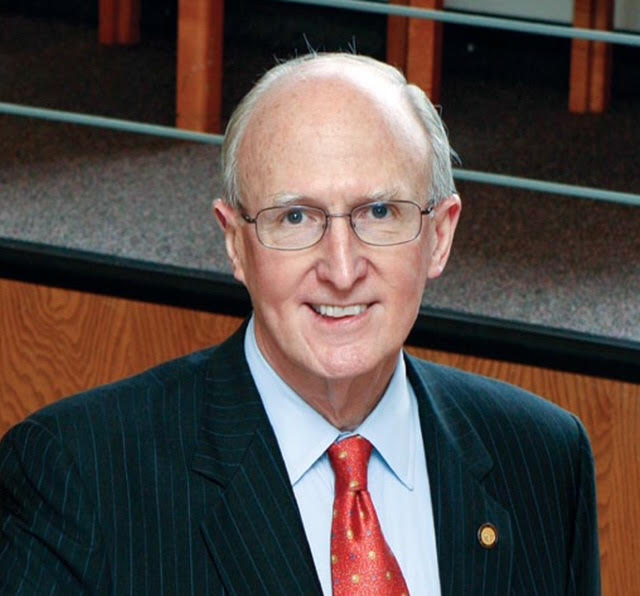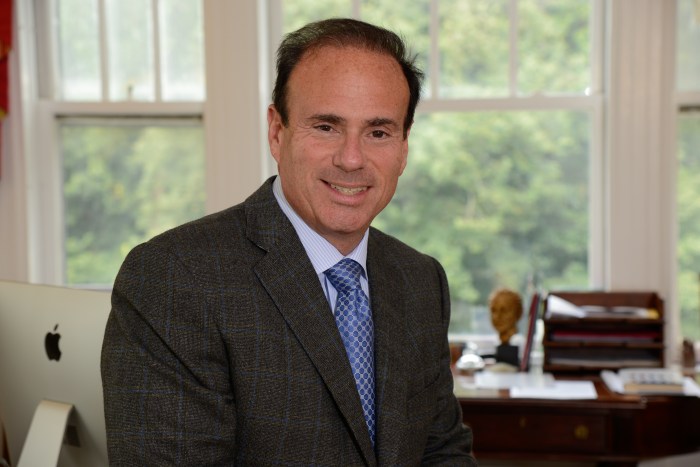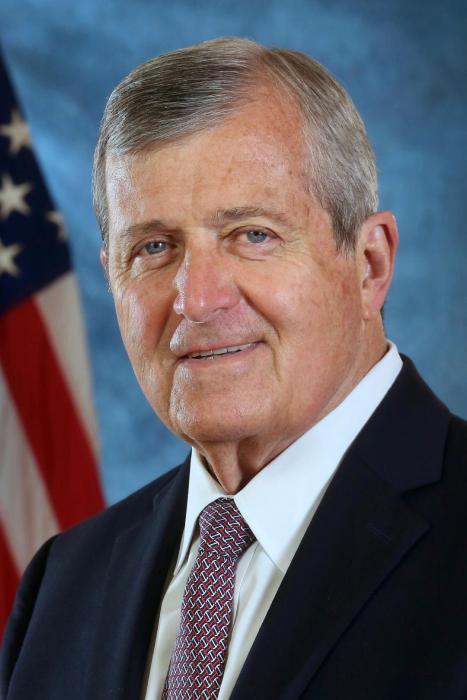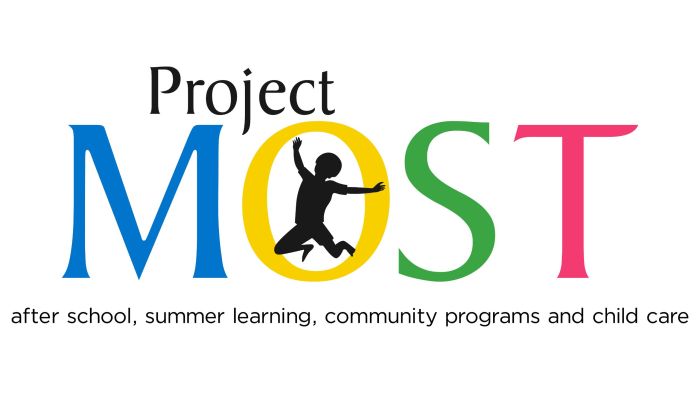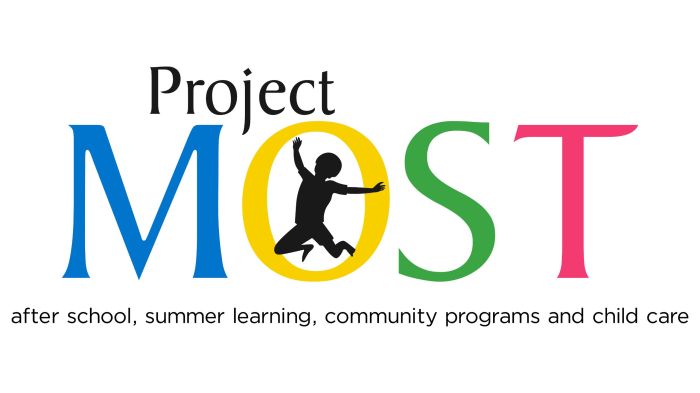Millions of Americans today on a daily basis utilize various public transportation alternatives. They include local and express bus, ferry, jitney, light rail, subway and commuter rail services. All of these systems use less fuel and move far more people than conventional single occupancy vehicles. Most of these systems are funded with your tax dollars thanks to President Johnson.
Fast forward to today. Fortunately, we have the Metropolitan Transportation Authority and its various operating agencies, including NYC Transit subway, bus and Staten Island Railway, Long Island Rail Road, Metro North Rail Road, MTA Bus along with Nassau County’s NICE bus system. Chartered by the State Legislature in 1965 as the Metropolitan Commuter Transportation Authority, it was created to purchase and operate the bankrupt LIRR. The MCTA changed its name to the Metropolitan Transportation Authority in 1968 when it took over operations of the NYC Transit Authority. Previously, in 1953, the old NYC Board of Transportation passed on control of the municipal subway system, including all its assets to the newly created NYC Transit Authority.
In Nassau County, we have Nassau Inter County Express (NICE) and City of Long Beach bus systems. In 1973, Nassau County purchased equipment, routes and some facilities of numerous private bus operators most of whom were experiencing serious financial difficulties. These private bus operators included Bee Line, Rockville Center Bus Corporation, Utility Lines, Schenck Transportation, Inc., Hempstead Bus Corporation, Jerusalem Avenue Bus Lines, Universal Auto Bus, Roosevelt Bus Lines, Stage Coach Lines, Hendrickson Bus Corporation and others. Their respective farebox income was becoming insufficient to cover current day to day operating expenses. They also lacked the funding for purchasing new modern replacement buses along with upgrading antiquated out of date maintenance and operating bus garages. Nassau County followed up that same year entering into a lease and operating agreement with the MTA to continue providing local bus service. This resulted in the creation of the Metropolitan Suburban Bus Authority. Later, Metropolitan Suburban Bus Authority was followed by Long Island Bus and as of January 1, 2012, Nassau Inter County Express. Many of the same routes operated by MSBA. LI Bus and NICE can be traced back to the various private bus operators. Up until 1973, various private bus operators ran service on many of the very same routes customers patronize today.
Suffolk County has Suffolk County Bus and Town of Huntington Area Rapid Transit (HART). Suffolk County Transit was created decades ago to represent various private bus operators providing them with both capital and operating assistance in exchange for running various franchised routes within the county. Some of these private operators have included during different times Utility Lines, Coram Bus, Alert Coaches, Suffolk Bus Corporation, EBT Bus and several others. There are other private bus and ferry operators along with many smaller suburban operators providing service.
The ancestors to MTA Bus that operated in NYC were eight private bus operators. These included Steinway Bus and Queens Transit, (which combined to become Queens Surface Bus Corporation) along with Green Bus, Jamaica Bus and Triboro Coach. They all who provided service in Queens, Command Bus (previously Pioneer Bus) ran in Brooklyn along with New York Bus and Liberty Lines Bronx Express operating primarily express routes from the Bronx to Manhattan. The City between 2005 and 2006 entered into an agreement with the MTA transferring their franchises, routes and equipment to the newly created MTA Bus. All of these private bus operators previously received capital and operating assistance from both the NYC and State Department of Transportation. There is also New Jersey Transit, Port Authority Trans Hudson (PATH) subway, NYC Departments of Transportation Staten Island Ferry and Economic Development Corporation private ferries.
Using MTA Metro Cards provides free transfers between the subway and bus. This has eliminated the old two fare zones making public transportation an even better bargain. Purchasing a monthly LIRR or MTA subway/bus pass reduces the cost per ride and provides virtually unlimited trips. Employers can offer transit checks which help subsidizes a portion of the costs. Utilize this and reap the benefits. It supports a cleaner environment.
Many companies allow employees to telecommute and work from home. Others use alternative work schedules which afford staff the ability to avoid rush hour gridlock. This saves travel time and can improve mileage per gallon. Join a car or vanpool to share the costs of commuting.
The ability to travel from home to workplace, school, shopping, entertainment, medical, library etc. is a factor when moving to a new neighborhood. Economically successful communities are not 100% dependent on automobiles as the sole means of mobility. Seniors, students, low and middle-income people need these transportation alternatives. Investment in public transportation today contributes to economic growth, employment and a stronger economy. Dollar for dollar, it is one of the best investments we can make.
What better way to honor the late President Johnson and all that has been achieved these past 56 years in public transportation by continuing funding the federal Highway Trust Fund and Mass Transit Account.
Happy Birthday!




